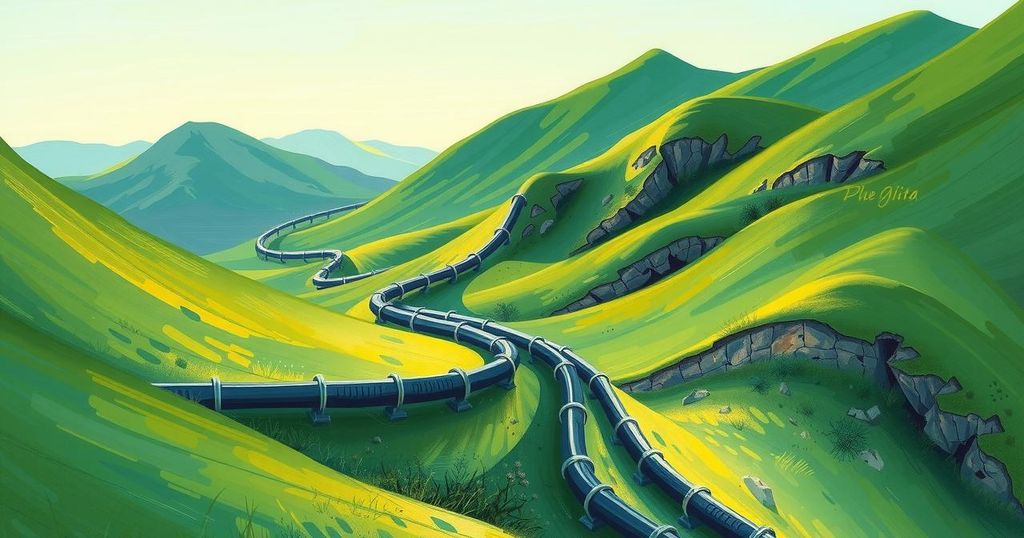Malawi aims to generate $30 billion in mineral exports between 2026 and 2040, with projected annual revenues of $3 billion by 2034. Key mining projects are advancing, and the upcoming African Mining Week in Cape Town will facilitate investment and partnerships. Notable developments include securing funding for uranium, rutile, and rare earths projects, strengthening Malawi’s position in the global supply chain.
According to the World Bank, Malawi has the potential to generate $30 billion in mineral exports between 2026 and 2040, with annual revenues projected to reach $3 billion by 2034. The mining sector may account for 12% of the nation’s GDP by 2027, boosted by new projects and enhancements to existing operations. The upcoming African Mining Week in Cape Town is poised to connect Malawian stakeholders and global investors to stimulate investment and foster strategic partnerships for the mining sector’s growth.
In recent developments, global partners are accelerating exploration and production initiatives in alignment with Malawi’s Agriculture, Tourism, and Mining Strategy. For instance, Australian firm Lotus Resources recently secured $38.5 million from South African banks for its Kayelekera Uranium Project, thereby enhancing Malawi’s role as a uranium producer amidst increasing global demand. This funding will facilitate operational readiness and equipment procurement, targeting first production by Q3 2025.
Sovereign Metals, with the backing of Rio Tinto, is fast-tracking its Kasiya Rutile-Graphite Project, which possesses the world’s largest rutile resource and the second-largest flake graphite reserve. A feasibility study estimates potential revenue of $16.4 billion. With greater global demand for sustainable rutile and graphite, Kasiya is set to play a crucial role in meeting industrial and green energy requirements, supported by a $665 million investment.
In the rare earths sector, Lindian Resources is actively seeking investors for its Kangankunde Rare Earths Project, having awarded a $1.3 million contract to Mota-Engil to advance infrastructure development. This engagement is essential as rare earth elements are vital for technology, clean energy, and defense sectors, positioning Malawi favorably within the global supply chain.
Moreover, Kula Gold and African Rare Metals have formed a joint venture for the Wozi Niobium Project, applying for an exploration license and planning a $100,000 drilling program. The demand for niobium in steel production suggests the potential for significant foreign exchange earnings from this venture. With these advancements, African Mining Week will serve as an essential hub for partnerships, linking Malawi’s mining sector with international investors and emphasizing the country’s mineral wealth.
The African Mining Week event, scheduled for October 1-3 alongside the African Energy Week: Invest in African Energies, will facilitate discussions about the mining opportunities available in Malawi and across Africa. Sponsors and exhibitors can seek additional information through provided contact channels.
In summary, Malawi’s mining sector is on a promising trajectory with projected export revenues of $30 billion from 2026 to 2040. Key projects, such as the Kayelekera Uranium Project and Kasiya Rutile-Graphite Project, underscore the country’s increased global competitiveness in mineral production. The African Mining Week presents a pivotal opportunity to attract investments and partnerships, reinforcing Malawi’s status as a significant player in the mineral market amid heightened global demand for critical resources.
Original Source: energycapitalpower.com




